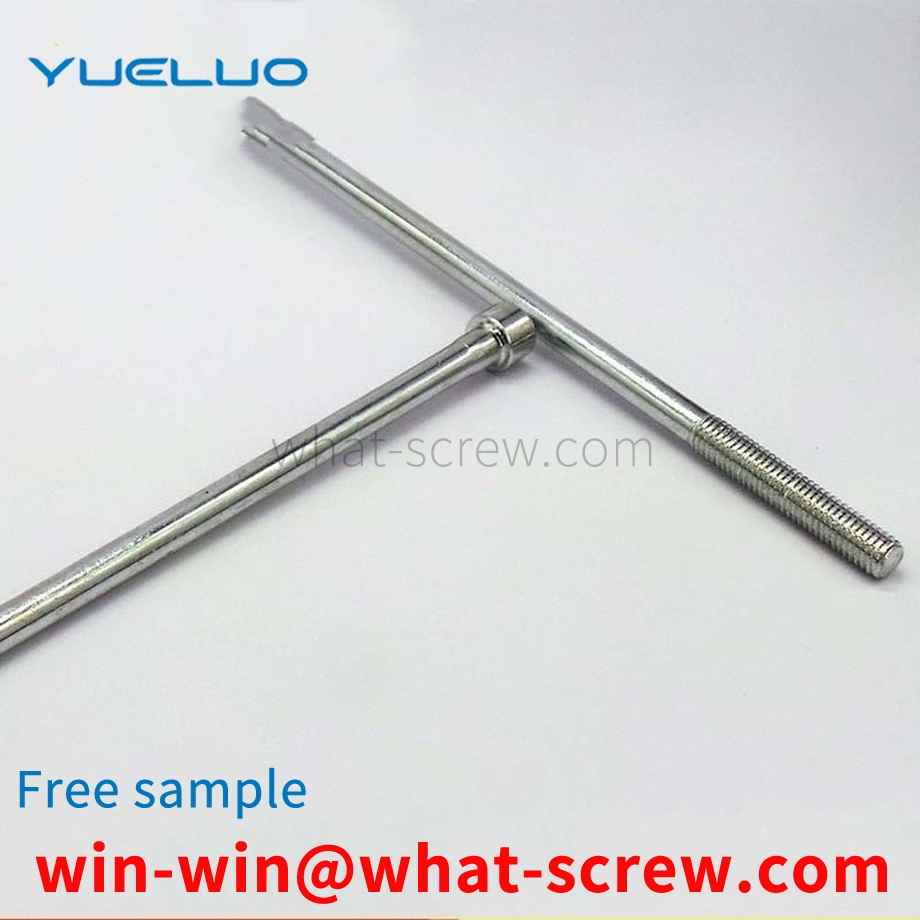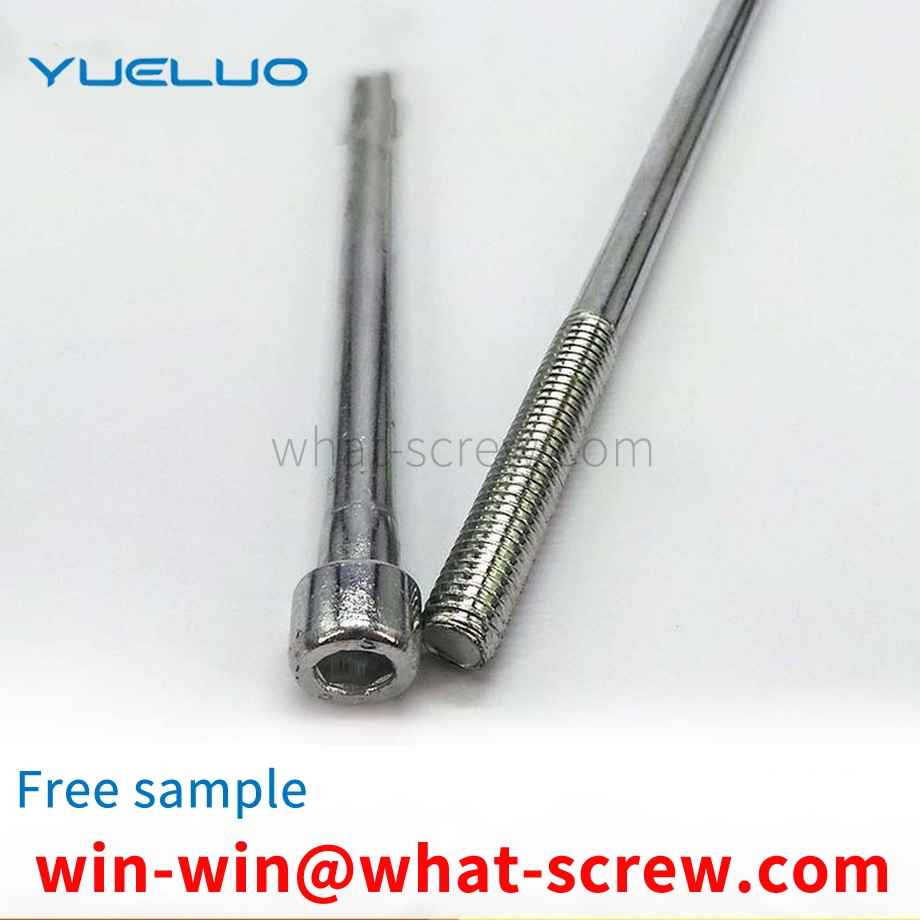rivet is a nail-shaped object used to join two parts or components with a through hole and a cap on one end. In riveting, the riveted parts are connected by their own deformation or interference. There are many types of rivets, and they are informal. Commonly used are R-type rivets, fan rivets, blind rivets, blind rivets, tree rivets, semi-circular head, flat head, semi-hollow rivets, solid rivets, countersunk head rivets, blind rivets, hollow rivets, these usually use their own deformation Connect the riveted parts. Generally less than 8 mm with cold riveting, larger than this size with hot riveting. But there are exceptions. For example, the nameplate on some locks is riveted by the interference between the rivet and the lock body hole.
The installation of the pressure riveting nut is exquisite. If the installation method is not correct, the riveting will not be firm after the pressure riveting. For example, one of our customers reported that the nut would fall off after riveting. Our technicians found that many customers hit it with a hammer or other impact methods, because the installation method of the riveting nut will cause pressure. The uneven force of the rivet nut seriously affects the riveting effect. It looks like it is pressed in on the surface, but in fact, the flower teeth of the rivet nut are not riveted with the plate at all, so it is definitely not riveted. To install the rivet nut, you must use special installation equipment, or simply install it with a press and stamping equipment (generally factories will have these simple equipment).
The circuit board is often the circuit board that plays a major role in electrical equipment, and the main electrical components of the circuit are often integrated on the motherboard. For single-layer circuit motherboards, rivets are used on the circuit motherboard in order to make the components more firmly fixed on the pcb board. In the prior art, the rivets are all set on the circuit board by an automatic riveting machine, which is controlled by an internal program to automatically complete the rivet-setting operation. This internal program is pre-set. If you need to rivet different motherboards, you must change the internal program. If you need to temporarily rivet a circuit board, it will be cumbersome to change the program again. Moreover, this kind of automation equipment is produced on a large scale and is not suitable for temporary operations.
Generally speaking, combination screws are widely used in electrical, electric, mechanical, electronic, household appliances, furniture, ships and so on. But the above said that different combination screws have different functions. For example, Phillips pan head combination screws are generally used in small electronic products. Larger cross hexagon combination screws are used in larger electrical products, such as frequency converters, and some larger frequency converters use many cross hexagon combination screws. Hit the inverter case. To loosen the tightening effect. For example, two combination screws with flower teeth, which are used on the inverter, are used to break the paint, so that all the two combination screws on the surface of the casing are powered on. There is also a two-combination screw with a square pressure line, which itself is a two-combination screw with a pan head screw and a square pad. It is generally used on the surface of the terminal block. The function is for wiring and for crimping.
Countersunk head screws are mostly used after installation, and the surface of the parts cannot be raised, and the parts to be fastened have two thicknesses. Thickness, after the screw is tightened, there is still a part of the screw thread that does not enter the threaded hole. In this case, the countersunk head screw can definitely be tightened. There is usually a situation where the thickness of the fastened part is less than the height of the head of the countersunk head screw, which is commonly seen in sheet metal parts in mechanical equipment, such as the connection between the hinge of the chassis and the door and the box; the sheet metal of the equipment The connection of the cover to the equipment, etc. Due to the small thickness of the part, the tightened sheet metal part, the screw through hole completely becomes a conical hole, in this case, when the countersunk head screw is tightened, the screw head is not a tapered surface to press the sheet metal part , but the bottom of the screw head and the top of the threaded hole are squeezed. Although it feels that the screw is tightened, the sheet metal part is stuck instead of being pressed. In this case, although it feels that the screw is tightened, the sheet metal The gold pieces were indeed not tightened. This is a very common situation. Let’s talk about the reasons for the processing: the head cone of the countersunk screw has a 90° conical angle, and the apex angle of the newly bought drill is usually 118°-120°. Some workers who lack training do not know this angle is poor. It is often used to ream the hole with a 120° drill bit, which results in that when the countersunk head screw is tightened, it is not the conical surface of the head, but a line at the bottom of the screw head, which is one of the reasons why the so-called countersunk head screw cannot be tightened. , it's not the screw's fault.
We have many years of experience in the production and sales of screws, nuts, flat washers, etc. The main products are: top-blasting screws, Washers blocking washers, T-shaped screw screws, anti-loosening reverse nuts and other products, we can provide you with suitable tightening screws for you. Firmware Solutions.



















 Service Hotline
Service Hotline




